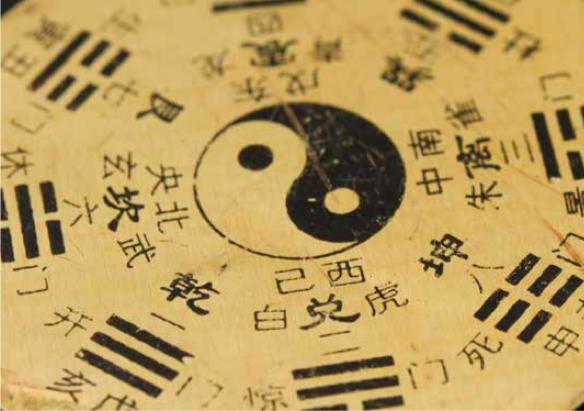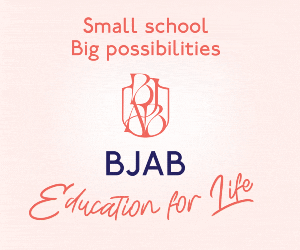But who among us would choose to die? Only those who have the courage to be reborn. One cannot go on living in the same state without having at some point to redefine oneself, to regenerate by letting go of old patterns and anything that is no longer useful. The only way to revive a tree is to prune it. This is precisely what is constantly happening all around us – this is nature’s way. After summer, here comes autumn with its procession of dead leaves and, uncoincidentally, the Day of the Dead. All of it is a necessary stage on the way to spring and summer.
Every turn of the seasons is a reminder that the natural universe has its own laws and dynamic. There is no happenstance, no place for the incongruous or the imperfect, no chaos or anarchy. And we, as humans, have an active role to play within it. Autumn arrives like the bell signaling the end of playtime – it tells us that summer cannot go on endlessly, that everything has a limit, including our strength, our freedom … and our time on this Earth. It is also a time for post-harvest evaluation: what were my goals at the beginning of spring? How was I able to bring them to fruition? How was I able to bloom? How did I contribute to the world, beyond my own personal satisfactions? What did I offer? And for what purpose? This is how Nature invites us to strive for objectivity in our relationship with ourselves as well as with the rest of the world.
Autumn is also the time when the sun begins to fade and the nights grow longer each day. It’s the return of the absence of light, and of the potential gift this absence contains. In the realm of light, everything appears to be clear, even obvious. We seem to have a firm grasp on the situation. And of course, this leads to a loss in attention and consciousness. In the light of summer, everything seems easy and straightforward: we can indulge in carelessness and exuberance, without fear. We can experience the sweet taste of nonchalance, and we might feel a sense of weightlessness. But in the absence of light, the illusion of visibility vanishes.
Now everything is a shapeless blur, and we must rely on other, more subtle senses than vision to comprehend our surroundings. During that half of the year, between both equinoxes, when the night wins over the day, Nature reminds us that our sensibilities, our emotions, our gut feelings and subconscious are as valuable as our five senses, our will and our mental capacity for consciousness.
Autumn also clearly marks the beginning of the road towards the darkest time of the year. But this obscurity must not be taken at face value, for it is in its depths – when the night is longest – that the Light of Christmas emerges. Change occurs in the most hidden and obscure of places, deep within our wounds. Light comes when we need it the most. To quote Carl Jung: “One does not become enlightened by imagining figures of light, but by making the darkness conscious.” He then added: “But this is often a difficult, and therefore unpopular task.”
By embracing the rhythm of Nature, and allowing ourselves to be fascinated and inspired by it, we can bring ourselves to face questions such as: What can I allow to die? What part of me no longer serves a purpose? What is keeping me in a state of non-being? And on the basis of this introspection, we can begin to prepare for winter, and for profound change. Autumn energy calls for this introspection as well as for kindness. The key is to elucidate parts of our being with clear-sightedness and love, rather than harm ourselves with bitter judgement. And with these tools, may your next harvest be all the more fruitful.







